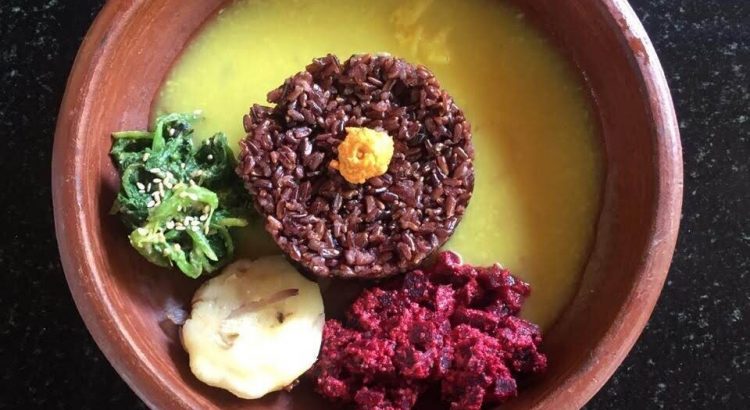
It’s Sankranti. In Tamil Nadu, it’s Thai Pongal, a festival that places newly harvested rice at the centre of the celebrations. Its cooking in a new earthen pot decorated with turmeric leaves even as prayers are offered to the sun is a tradition that compels us to focus on rice, our staple grain, and the role of nature in its harvest.
Rice is eaten in vast swathes of the country, in the south, east, west and in the far reaches of the north, in Kashmir. Yet, on Indian restaurant menus, rice is mostly relegated to accompaniment. Precooked basmati, frequently underdone – ostensibly to keep it grainy – and microwaved when orders come in is the best you can expect in most places. Even biryani chains scarcely look beyond basmati, often grown using methods that take a heavy toll on the environment.
Edible Archives, recently opened in Goa, is a restaurant and food lab that is setting out to change this. The dream project of Chef Anumitra, who has spent the last two years researching indigenous – as opposed to hybrid – rice varieties across the country, is intended to bring these rice varieties from Bengal, Odisha, Karnataka, Kerala and Tamil Nadu into focus and form the core and essence of the dining experience. On Edible Archives’ carefully curated menu rice moves from its marginal place and becomes a source of pleasure and celebration.
Viewed in a wider context, sourcing indigenous rice varieties and using them in inventive ways is a way to preserve these grains that are under threat from large-scale, modern agricultural methods. ‘You lose these, you lose the knowledge and wisdom that goes into growing, cooking and eating them,’ says Chef Anumitra, who gravitates against the mainstream and brings a thoughtful, even philosophical approach to her cooking.
But as the Edible Archives infra project at the last Kochi Muziris Biennale proved, this effort is not just commendable for the impact it makes on the movement to preserve indigenous rice varieties and to protect the environment. Cooking and serving rice varieties, each with unique colours, grain shapes and size, aromas, flavours and texture elevates the dining experience and gives diners a new understanding of one of our key ingredients and enhances the pleasure of eating something as simple as a bowl of rice and seasonal vegetables.
This is one restaurant that has taken a small, but crucial step. If more follow suit, it would mean the Indian food movement will make progress in the right direction.










